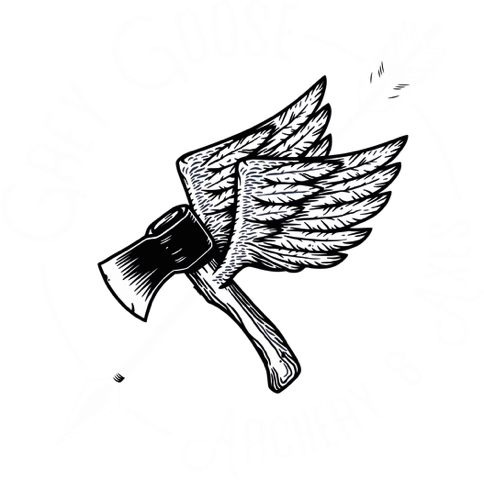Booking, communication and facilities were spot on, arrived and were met at the gate and escorted onto the site. After some great instruction we all got stuck in (excuse the pun). We all found this activity to be brilliant, very nice mix of skill with not a little luck thrown in! Once we had been given the opportunity to practice on different targets, we moved on to the Zombie shoot. Really enjoyed it, was a perfect opportunity to chat and have a real good laugh with the group. Lovely to catch up and have some banter. Everyone enjoyed it tremendously, I would certainly recommend it for groups or individuals.
CHANNEL YOUR INNER ROBIN HOOD
RELEASE YOUR INNER VIKING










